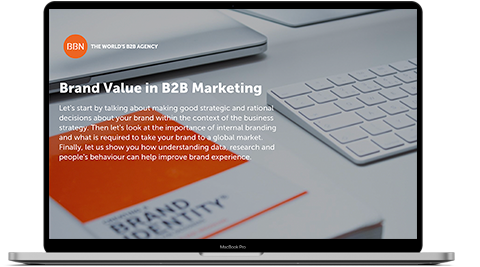So, what is Programmatic Advertising?
Programmatic ad buying is the use of software and algorithms to buy online advertising, as opposed to the traditional process of RFPs, human negotiations and manual inventory orders.
It massively improves the efficiency processes of buying and serving ads and is significantly cheaper. Traders, using a Trade Desk or Demand Side Platform (DSP), optimise campaigns and plan strategies.
Today, it’s mainly online ads that are traded programmatically, but increasingly media companies like Sky in the UK and JCDecaux are exploring ways to sell’ traditional’ media from TV and digital OOH this way too.
How does it work?
The use of programmatic is the buying of ads through real-time auctions that occur in the same time it takes a webpage to load. A publisher’s inventory is bought blind, whereby we, the advertiser, only know the category of site that the ads will appear on, but not the exact site.
Open Exchanges allow many buyers to bid on the inventory of many publishers in an auction environment. The winning bidder’s ad is then displayed.
Real-time bidding (RTB) enables the targeting of ads to specific users rather than merely relying on publishers’ information about their audience. We, therefore, no longer need to work directly with publishers to negotiate ad prices and to traffic ads.
It also enables access to the long tail of inventory across a wide range of sites beyond the handful of publishers that may ‘own’ a category. We’re able to cherry-pick only the impressions that are most valuable to us.
Private Marketplace
A few years ago, the only inventory available to advertisers was the so-called ‘blind’ or ‘Open’ marketplaces. But more recently, traditional publishers have opened up their inventory in Private Marketplaces (PMP). They are invitation-only RTB auctions where one or a group of publishers invite a select number of buyers to bid on its inventory.
The advantage of buying in a private marketplace is that the inventory purchased is transparent – we know exactly which site the ad will run on. Most PMPs, allow access via a Demand-side Platform (DSP) which plugs directly into the premium publishers’ inventory. The inventory transaction is within an auction environment, but the terms of the deal are pre-negotiated between the buyer and the publisher. But just like RTB, data is used to optimise the bid-offer. We can buy ten impressions or a million impressions – it’s totally up to us. With PMPs, we get “Premium” access to inventory at a lower price than buying directly. A disadvantage of PMPs over Open Networks and Exchanges is they are approximately 4 or 5 times more expensive as a cost per impression.
Programmatic direct
A relatively newer option is the buying of inventory via Programmatic Direct. Programmatic Direct is, as the name implies, where a publisher sells their inventory directly using traditional publisher/broker/advertiser sales. It’s a way of guaranteeing the purchase of inventory but using a DSP to run the ad. In effect, it’s a blend of traditional and non-RTB ad buying. Its advantage is it includes a publisher’s top-tier inventory like home-page takeover ads at a fixed price for a guaranteed number of impressions. Programmatic Direct is an excellent choice for companies focused on brand safety, inventory control, premium placements.
Data optimised
Programmatic and Data Management Platforms provide marketers with centralised control of all their ad campaign data. It helps them manage and analyse data to craft, target, and optimise campaigns that reach more of the right people and drive improved ROI.
For example, you can manage the day-to-day effectiveness of all online advertising campaigns in one dashboard. It enables A/B testing of creative, audience profiling, optimising to a specific behaviour such as broad reach and awareness and clickthroughs, right up to form fills and purchases.
Most DSPs automatically optimise using thousands of variables and data points and can scale to billions of global data points if required.
But it’s not just about the data. It’s about the traders behind the data being able to optimise a campaign using a blend of open, private and direct buys. Plus ‘knowing’ the audience that we are targeting.
Conclusion on programmatic
As roads to programmatic advertising, social media, marketing automation, and big data continue to play an increasingly important role in marketing, it’s at this intersection where you will find data-driven success. And that’s the roundabout we call the DMP.
Make your advertising and marketing more accountable to your revenue generation with these tools and approaches, and your boss will be as proud of you as your mom is. Well, except that she doesn’t understand what you do. It’s okay. We all get that.







